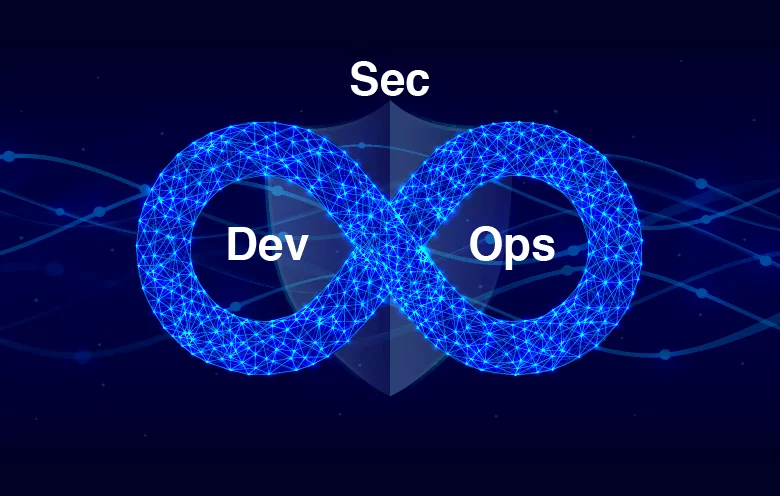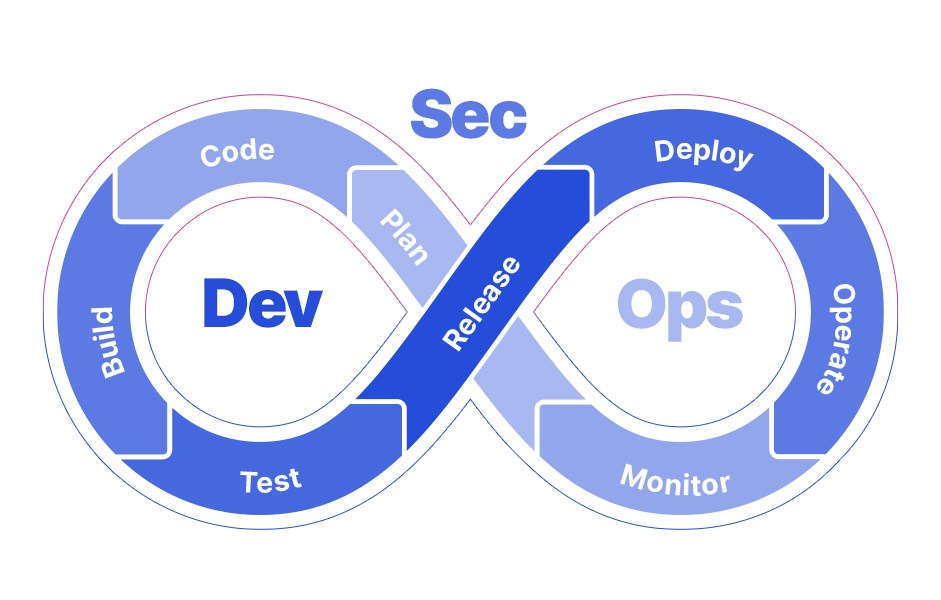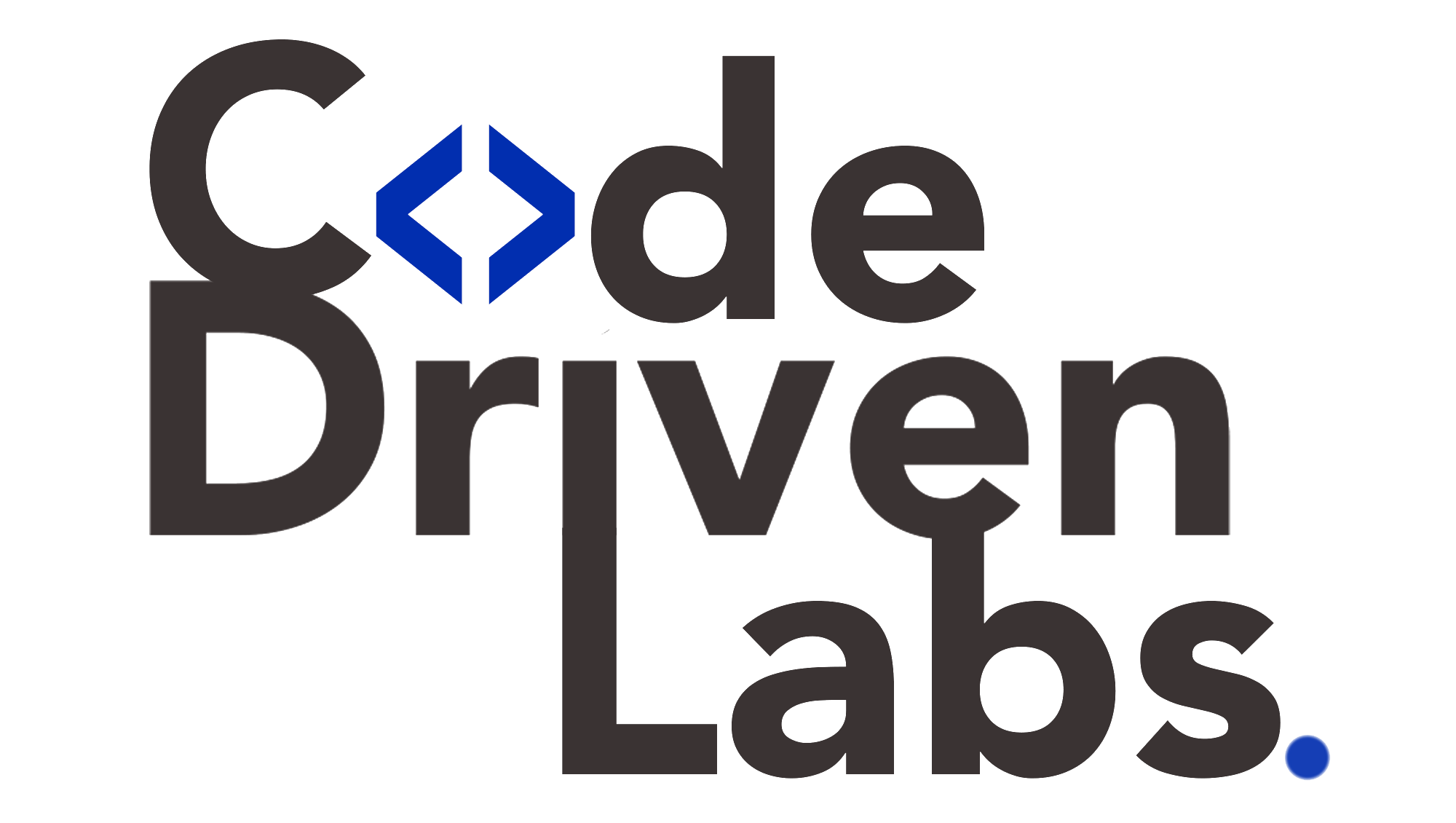Level up your business with US.
- Home
- Top 20 DevSecOps Tools to Secure Your Pipeline in 2025
Top 20 DevSecOps Tools to Secure Your Pipeline in 2025
July 1, 2025 - Blog
Top 20 DevSecOps Tools to Secure Your Pipeline in 2025
In today’s digital-first economy, delivering software quickly is no longer enough — you must deliver it securely. Cyber threats have become more sophisticated, regulations stricter, and customer expectations around data privacy higher than ever. The DevSecOps movement has emerged as the standard for embedding security into every phase of software development, shifting security “left” so vulnerabilities are found and fixed earlier.
But successful DevSecOps depends on the right tools. Choosing and integrating the right mix of scanning, monitoring, and compliance solutions ensures you don’t sacrifice security for speed.
In this blog, we’ll explore the 20 essential DevSecOps tools you should consider for your pipeline in 2025, covering everything from static code analysis to runtime protection. We’ll also show how Code Driven Labs helps you implement DevSecOps practices with these tools to build secure, resilient software.

Why DevSecOps Matters
Traditional DevOps pipelines focused on speed and automation but often treated security as an afterthought, addressed late in the cycle. This reactive approach led to costly vulnerabilities discovered in production.
DevSecOps solves this by integrating security checks, testing, and policies into every step of CI/CD — so developers, operations, and security teams work together seamlessly. The right tools automate these processes, improving security without slowing down delivery.
Top 20 DevSecOps Tools for 2025
1. Snyk
Specializes in identifying and fixing vulnerabilities in open-source libraries, containers, and infrastructure as code (IaC) during development.
2. Aqua Security
Comprehensive container security platform covering image scanning, runtime protection, and Kubernetes security policies.
3. SonarQube
Performs static application security testing (SAST) to catch bugs, vulnerabilities, and code smells across multiple languages.
4. Checkmarx
Enterprise-grade SAST tool with deep language support, developer-friendly feedback, and integration with IDEs and CI/CD systems.
5. Veracode
Cloud-based platform for SAST, dynamic application security testing (DAST), and software composition analysis (SCA), ideal for large organizations.
6. WhiteSource Bolt
Focuses on open-source vulnerability management with real-time alerts on vulnerable dependencies.
7. Fortify
Broad security suite offering SAST, DAST, and cloud-native application protection, with strong integrations for DevOps pipelines.
8. GitGuardian
Monitors source code repositories for exposed secrets (API keys, passwords) to prevent accidental credential leaks.
9. HashiCorp Vault
Securely stores, manages, and controls access to secrets, tokens, and encryption keys for applications and infrastructure.
10. Sysdig Secure
Runtime security and monitoring for containers, Kubernetes, and cloud environments with incident detection and response capabilities.
11. Clair
Lightweight vulnerability scanner for Docker and OCI container images, integrated directly into CI pipelines.
12. Anchore Engine
Policy-based container security scanning tool that checks images for known vulnerabilities before deployment.
13. OWASP ZAP (Zed Attack Proxy)
Popular DAST tool for penetration testing and scanning web applications for security flaws.
14. Falco
Open-source runtime security tool for detecting anomalous behavior in containers, Kubernetes, and cloud-native environments.
15. Prisma Cloud by Palo Alto Networks
Comprehensive cloud security platform with scanning, monitoring, and compliance features for multi-cloud environments.
16. JFrog Xray
Deep binary and dependency analysis to identify vulnerabilities and license compliance issues in builds.
17. Semgrep
Fast, lightweight SAST tool with customizable rules to scan source code and find security bugs early.
18. Trivy
Simple yet powerful vulnerability scanner for container images, file systems, and Git repositories, popular for its ease of use.
19. Tenable.io
Scans cloud assets, containers, and web apps for vulnerabilities, helping teams manage security risks across their environments.
20. Arachni
Advanced DAST scanner designed for high-performance web application scanning with comprehensive vulnerability detection.

How Code Driven Labs Helps You Build Secure DevSecOps Pipelines
Choosing the right tools is only part of the solution — you also need expertise to configure, integrate, and optimize them without disrupting your workflow. That’s where Code Driven Labs comes in.
Here’s how they help companies adopt DevSecOps successfully:
1. Pipeline Assessment and Planning
They evaluate your current CI/CD processes, development practices, and security requirements to design a tailored DevSecOps strategy.
2. Tool Selection and Integration
Based on your tech stack, budget, and compliance needs, Code Driven Labs recommends and sets up the most effective tools from the above list — avoiding tool sprawl and ensuring compatibility.
3. Shift-Left Implementation
They implement security testing directly in developer workflows, integrating SAST, SCA, and secret scanning into IDEs and version control systems like GitHub or GitLab.
4. CI/CD Integration
They automate security scans as part of your build pipelines (e.g., Jenkins, CircleCI, GitHub Actions), blocking deployments with critical vulnerabilities.
5. Policy and Compliance Automation
They configure tools like Aqua, Prisma Cloud, or Anchore to enforce security policies aligned with industry standards (ISO, SOC 2, GDPR, HIPAA) and generate compliance reports automatically.
6. Runtime Security and Monitoring
For containerized and cloud-native applications, Code Driven Labs deploys tools like Sysdig Secure, Falco, and Prisma Cloud to detect suspicious behavior and stop attacks in real time.
7. Knowledge Sharing and Training
They train developers and DevOps teams to interpret scan results, fix vulnerabilities efficiently, and follow secure coding practices.
8. Continuous Improvement
Security threats evolve rapidly. Code Driven Labs provides ongoing support to update tools, tune detection rules, and optimize pipelines as your applications and infrastructure change.
Why Choose DevSecOps Over Traditional Security Approaches?
-
Faster Detection: Vulnerabilities found during coding or CI builds cost exponentially less to fix than those discovered post-release.
-
Reduced Risk: Automated, continuous scanning reduces human error and security blind spots.
-
Compliance Ready: Integrated security tools streamline audits by providing clear evidence of testing and controls.
-
Better Developer Engagement: Developers receive actionable feedback immediately, building security awareness into their daily work.
-
Consistent Security Posture: Standardized security practices across teams and projects ensure consistent risk management.
Final Thoughts: Security Without Compromise
DevSecOps is not a buzzword — it’s a proven strategy for building software that’s both fast and secure. By integrating security into every phase of your development and deployment processes, you protect your customers, your reputation, and your bottom line.
But implementing DevSecOps successfully requires not only the right tools, but also the right expertise to align them with your development culture, workflows, and business goals. Code Driven Labs provides the guidance, integration, and support you need to transform your pipeline into a secure, efficient powerhouse.
